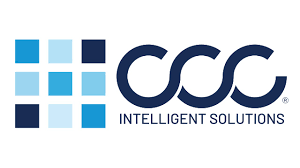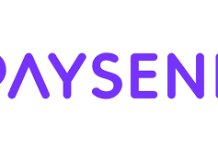The insurance business is experiencing resource constraints and supply chain problems, according to Kelli Svymbersky, vice president of payments at software-as-a-service provider CCC Intelligent Solutions Inc. (CCC).
Also, the insurers aim to deposit money into their clients’ bank accounts as soon as possible in an effort to maintain consumer loyalty.
The multi-trillion dollar industry’s claims procedure is, of course, infamously complicated, and it can take weeks from the moment a claim is submitted until a payout is made. The insurers themselves are only one component of the equation; the insurance ecosystem also includes, to mention a few, vehicle repair facilities and auto lenders.
The ultimate clients?
Well, they might not have full knowledge of the amount and timing of their compensation. Customer satisfaction is what ultimately determines whether a client will continue with a supplier, and according to statistics, 66% of customers believe they would stick with companies who offer free, fast disbursement choices.
Taking on the Headwinds
She said that property and casualty companies are seeking for approaches to utilise technological innovation to counteract these challenges. She said that by including embedded payments into both the claims process and the network’s connective tissue, CCC’s automated “direction to pay” payments solution may further strengthen the bond between those stakeholders.
In order to assist carriers expedite and enhance their decision-making while offering better experiences for its insured consumers, the firm is aggressively integrating artificial intelligence (AI) into critical areas of the claims process.
The business recently said that, employing its AI technologies, it has processed more over 14 million distinct claims on behalf of consumers, a 3x increase from before the epidemic.
The company’s end-to-end digitalization activities now include payments and pre-payment procedures, greatly lowering the friction points present in the procedure.











